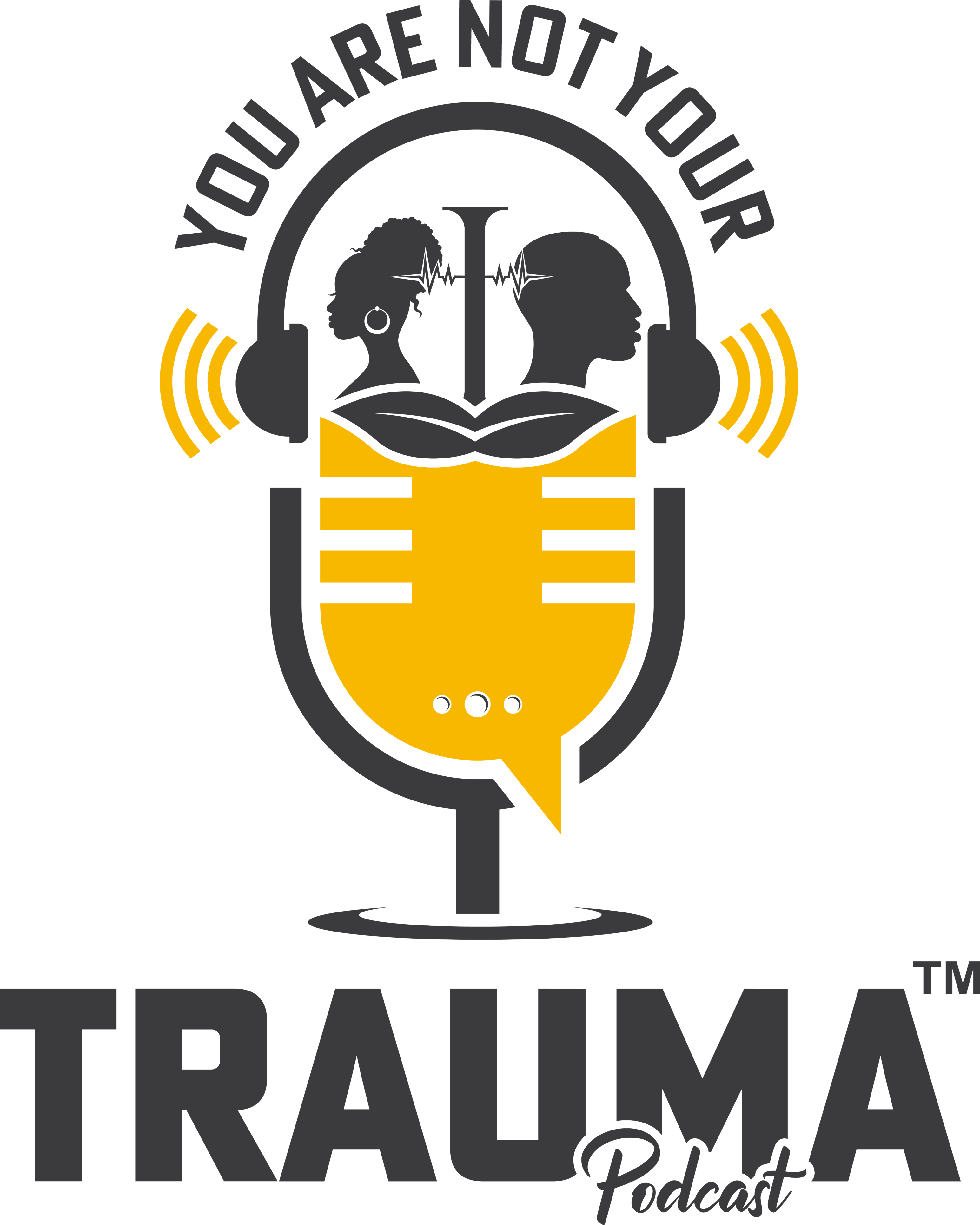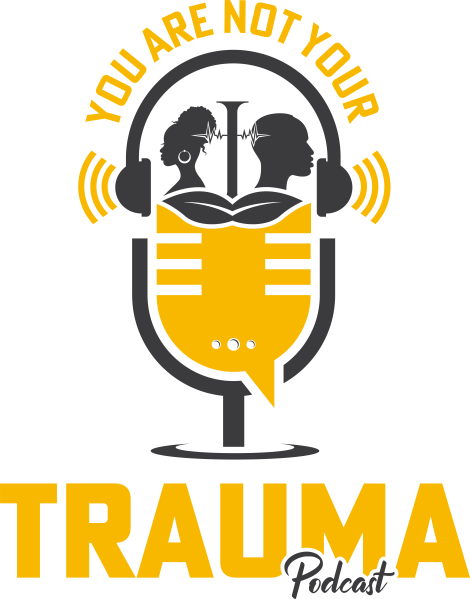In this section, we explore various strategies and practices to help manage trauma traits. Integrating these techniques into your daily routine can assist in mitigating the impact of these traits on your life. For more guided support, especially with mindfulness and meditation practices, refer to our meditation library within the app.
Mindfulness and Awareness Practices
-
Daily Mindfulness Meditation: Start or end your day with a 10-minute mindfulness meditation session. Focus on your breath and observe your thoughts and feelings without judgment. This practice can help increase present-moment awareness and reduce feelings of being overwhelmed.
-
Body Scanning: Engage in a body scanning practice to reconnect with your body and reduce dissociation. Lie down in a comfortable position and slowly bring your attention to different parts of your body, noticing any tension or discomfort without trying to change it.
Regulation Techniques
-
Deep Breathing Exercises: Practice deep breathing techniques, such as the 4-7-8 method, to calm your nervous system during moments of stress. Inhale deeply through your nose for 4 seconds, hold your breath for 7 seconds, and exhale slowly through your mouth for 8 seconds.
-
Progressive Muscle Relaxation (PMR): Use PMR to reduce physical tension associated with hyper-vigilance. Tense each muscle group in your body for 5 seconds and then relax it for 30 seconds, working your way through the entire body.
Cognitive-Behavioral Strategies
-
Thought Records: Keep a thought record to identify negative thought patterns related to trauma traits. For each situation that triggers a trauma response, write down the thoughts you had, the emotions you felt, and how you reacted. Then, challenge these thoughts by considering alternative, more balanced perspectives.
-
Behavioral Activation: Combat avoidance behaviors by gradually exposing yourself to feared situations in a controlled and manageable way. Start with less intimidating activities and slowly work up to more challenging ones, noting your emotional reactions and challenging any negative predictions.
Additional Resources: Meditation Library
For guided versions of the meditation practices mentioned above, visit the meditation library in the app. Here, you’ll find a variety of guided meditations designed specifically to support individuals in managing trauma traits, enhancing mindfulness, and fostering a greater sense of inner peace.
These strategies and practices are intended as tools to help you on your journey to healing. By incorporating them into your life, you can gain more control over your trauma traits, reduce their impact, and move toward a state of greater well-being. Remember, healing is a process, and being patient and compassionate with yourself is key.


